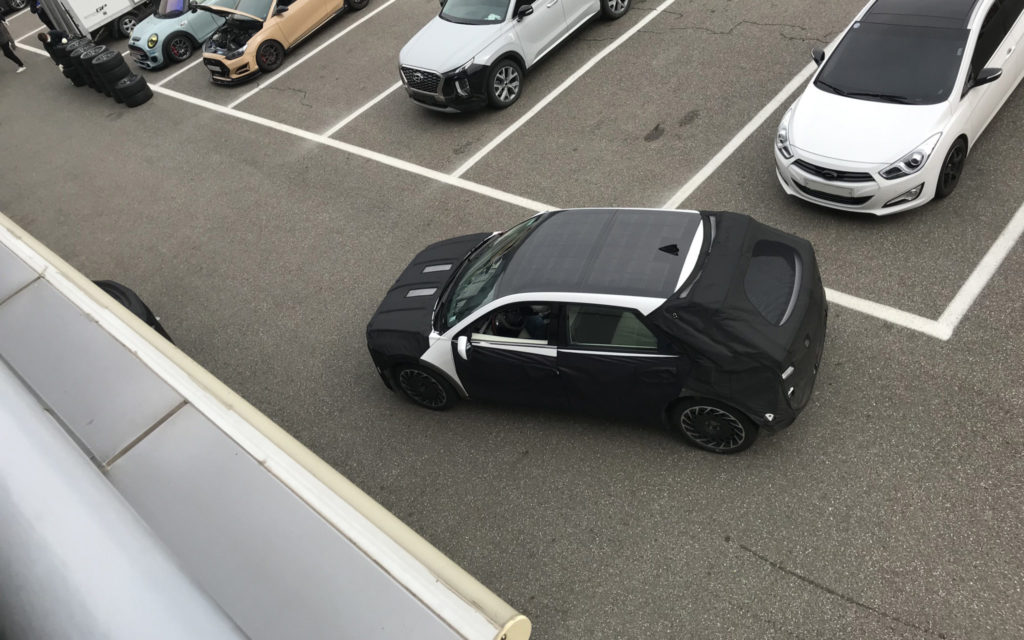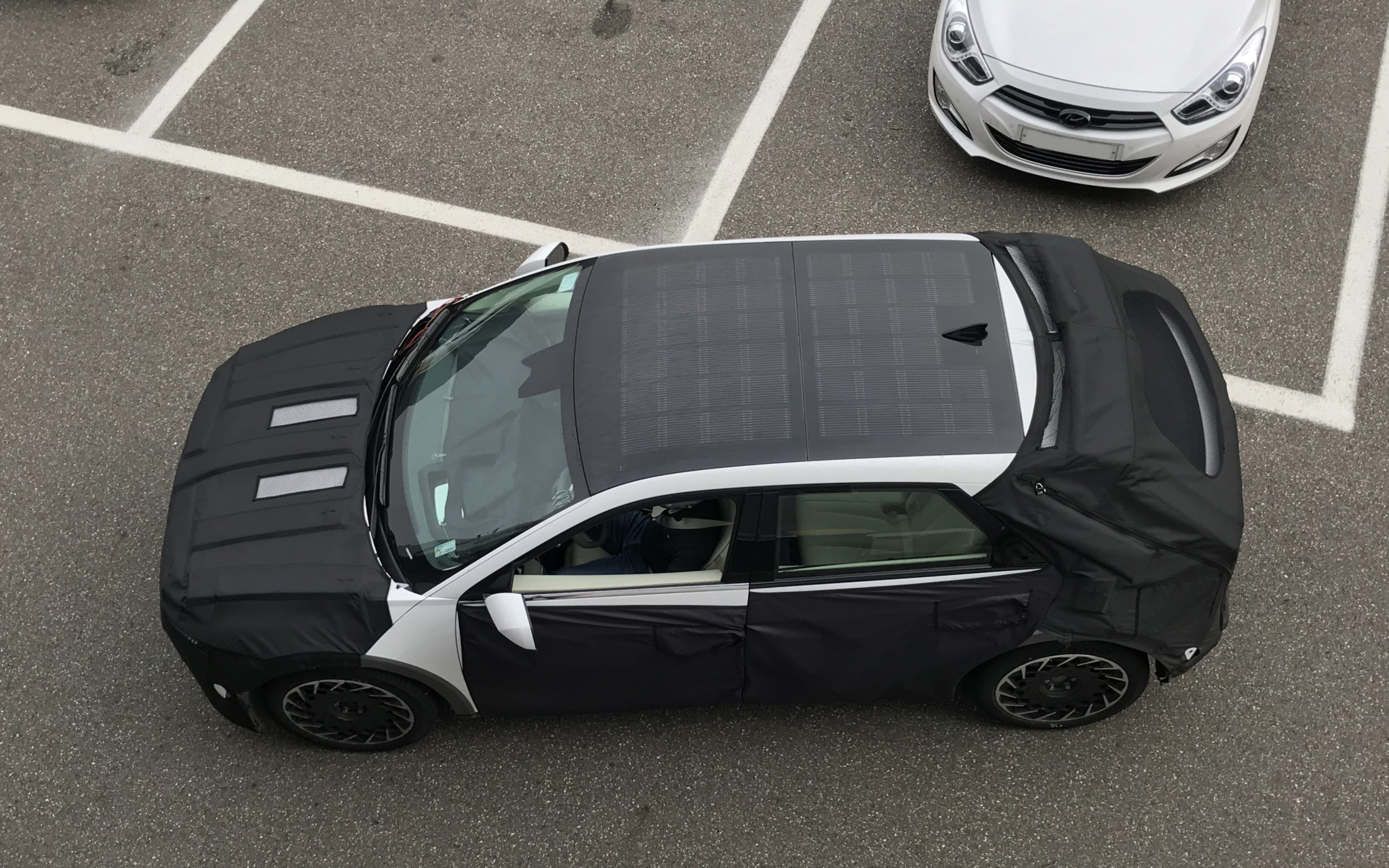In January next year, Hyundai will start marketing the first model of its new IONIQ electric sub-brand in Europe. This vehicle, the Hyundai IONIQ 5, will be a family SUV with a neo-retro design based on the new modular E-GMP platform of the Korean group, explicitly developed for 100% electric cars.
With a length of 4.63 meters, a width of 1.89 meters, a height of 1.60 meters, and a wheelbase of 3 meters, this model will be placed in the D-SUV segment and rivals the Ford Mustang Mach-E, the Nissan Ariya, the Skoda Enyaq iV, the Tesla Model Y, or the Volkswagen ID.4, among other electric SUVs of similar size.

The IONIQ 5 will be available with two battery packs, 58 kWh and 73 kWh. The first will be around 250 miles of autonomy, while with the second will reach 310 miles. You can also charge 400 kW of power in direct current thanks to its 800-volt electrical system, which will allow you to recover 80% of its range in just 12 minutes.
Initially, the SUV will have some versions equipped with all-wheel drive (one electric motor per axle) and a level 3 autonomous driving system. According to some leaks, its price will be just 2,000 dollars higher than the Kona Electric despite being two upper segments, which will make it a very competitive model.
Now, a series of photographs of a camouflaged test unit has allowed us to know another aspect of great interest of the imminent model: apparently, it will have solar panels on the roof, a solution already used in the Sonata Hybrid and that will also come to the Genesis eG80, the rival that is preparing the group’s premium division for the Tesla Model S.
The use of solar panels allows the Sonata Hybrid to charge up to 807 miles per year with just six sunshine hours a day. Additionally, this system also recharges the vehicle’s 12-volt battery, improving overall efficiency. It is expected that in IONIQ 5, the panels’ operation is similar to that of its hybrid brother.

